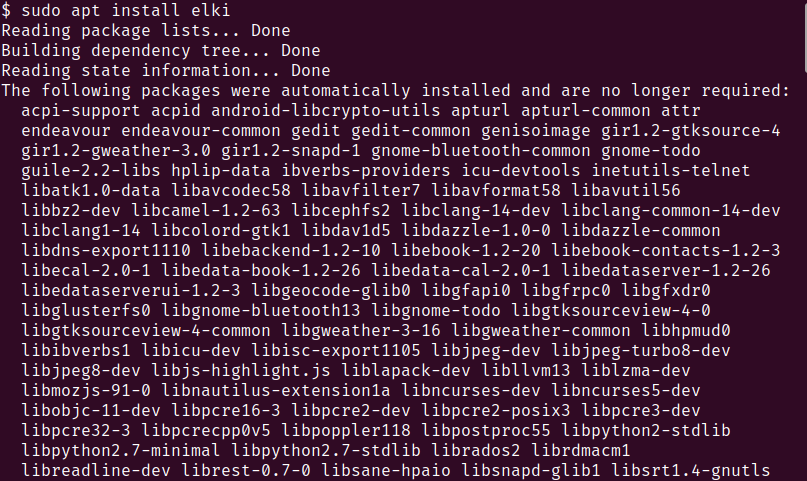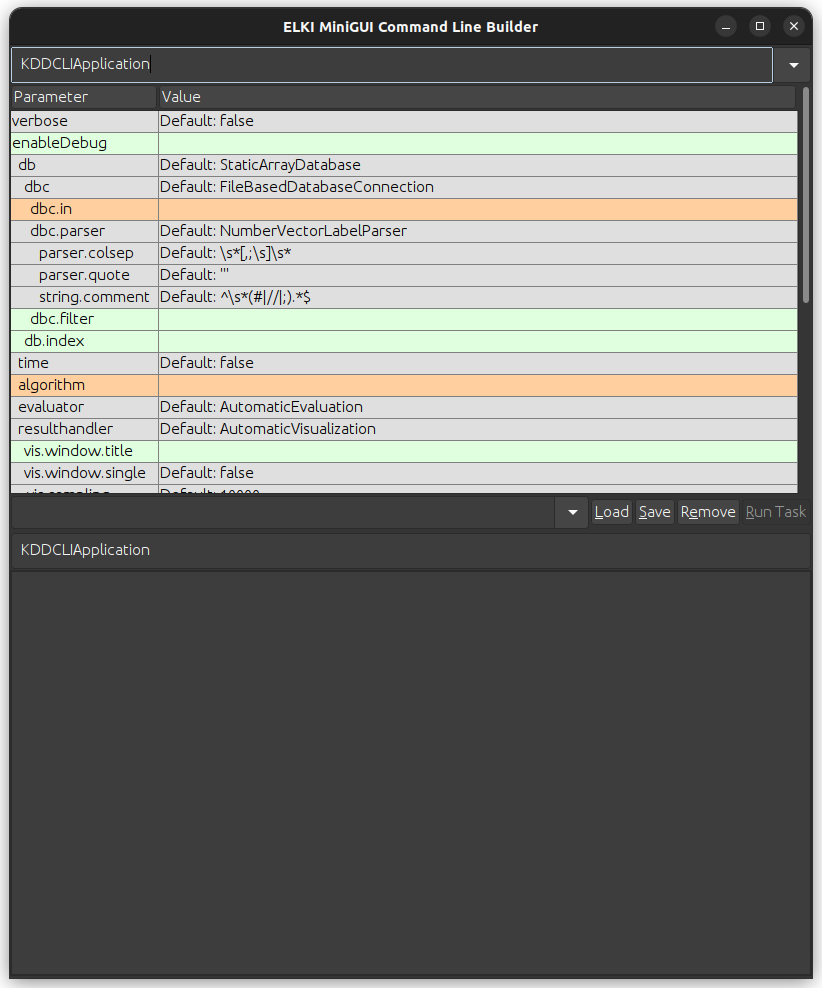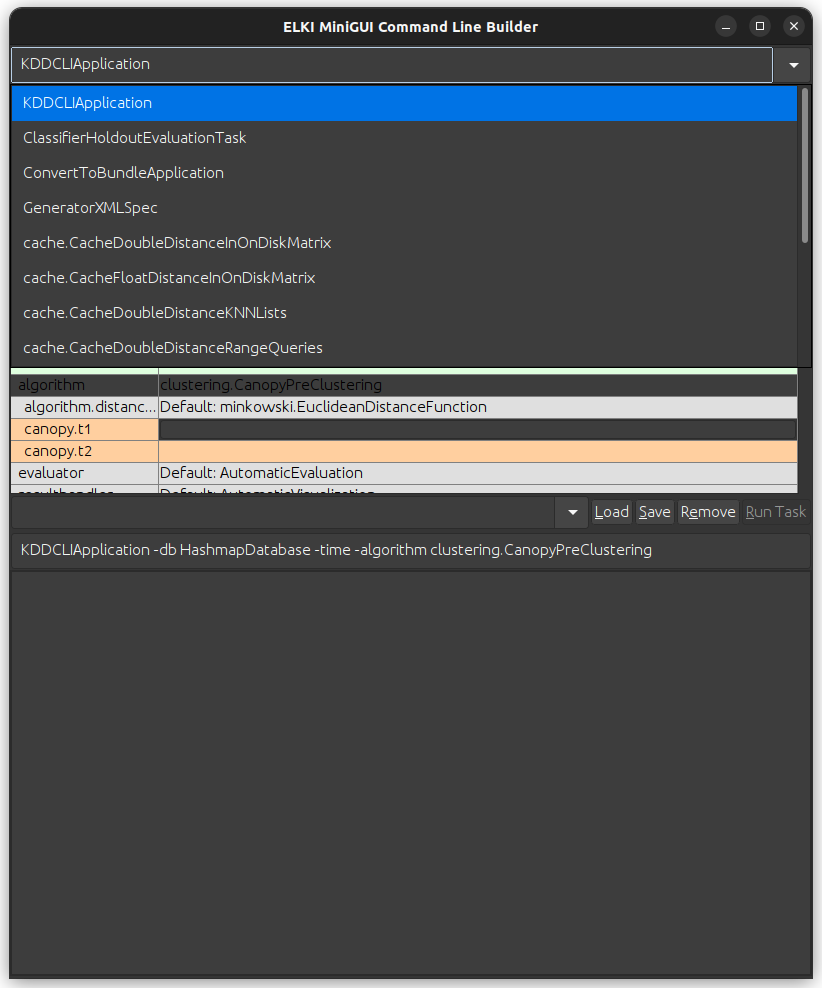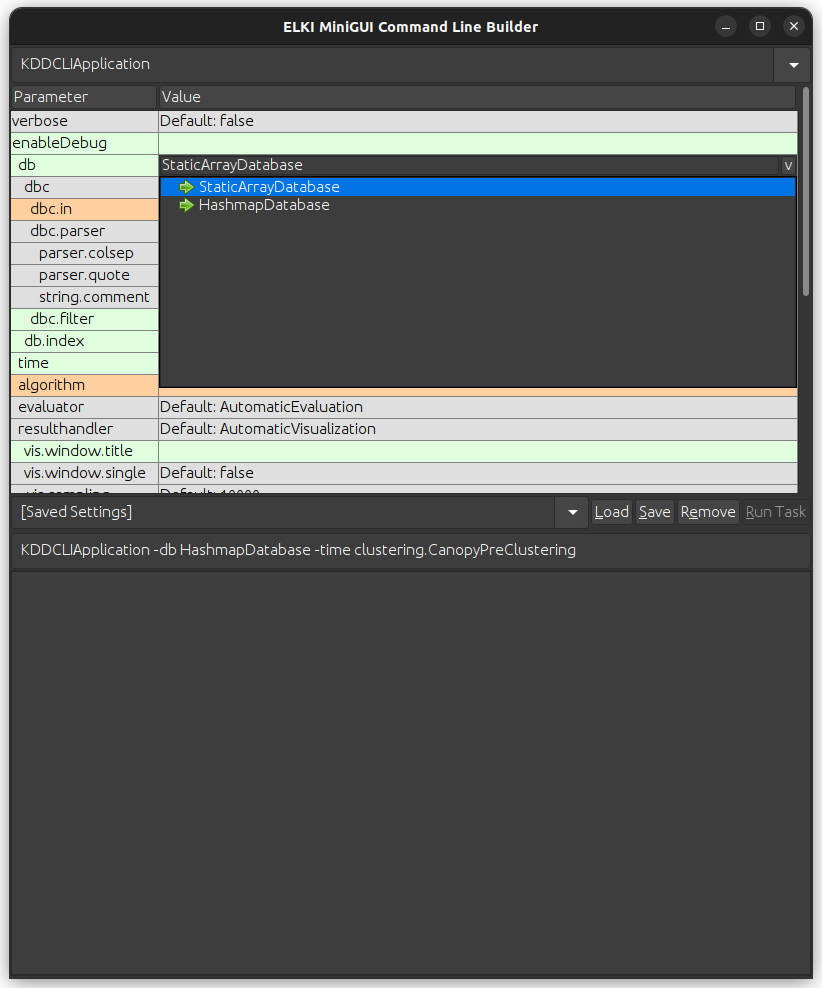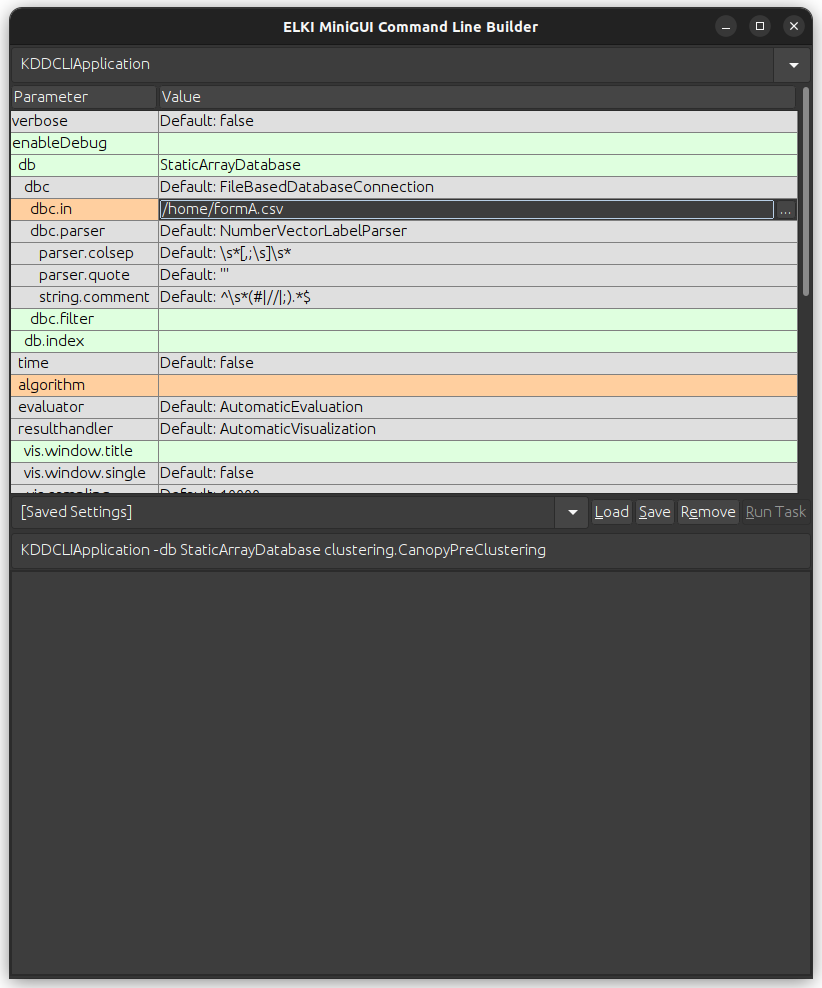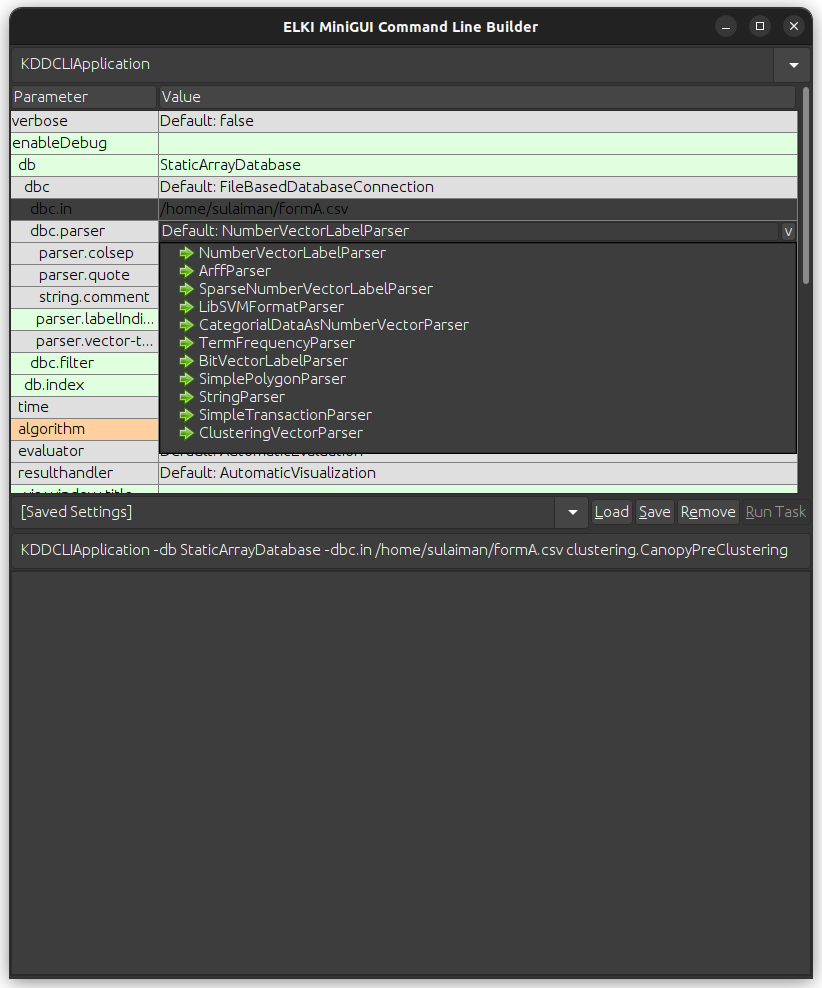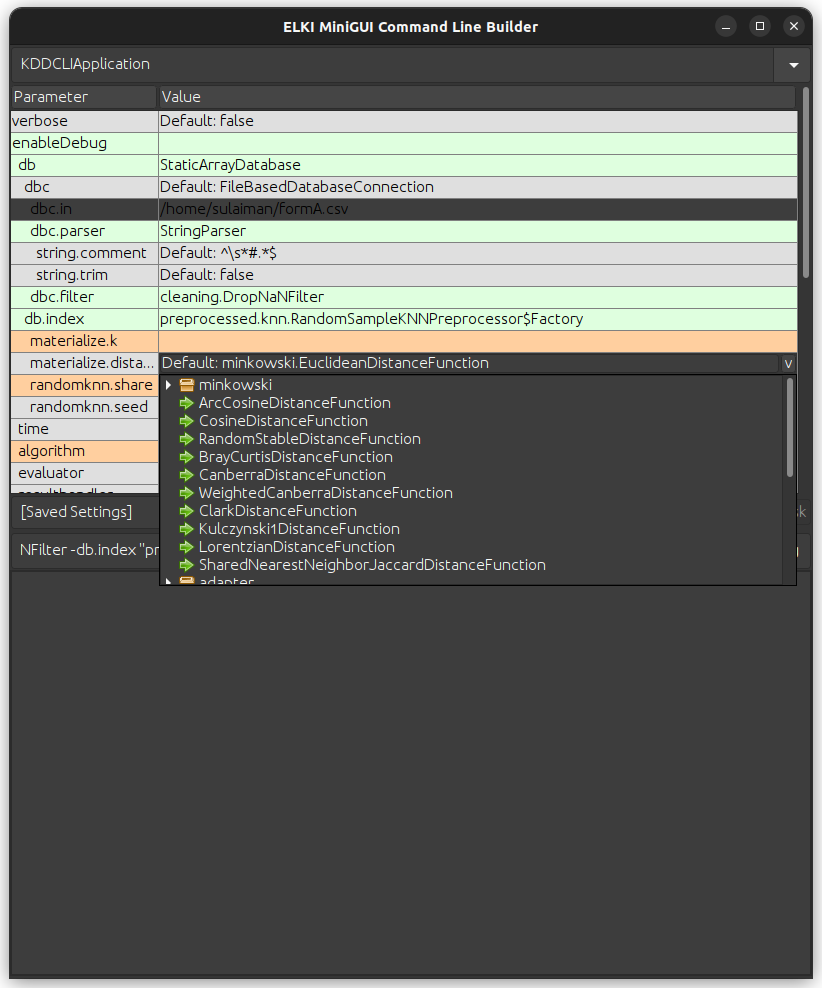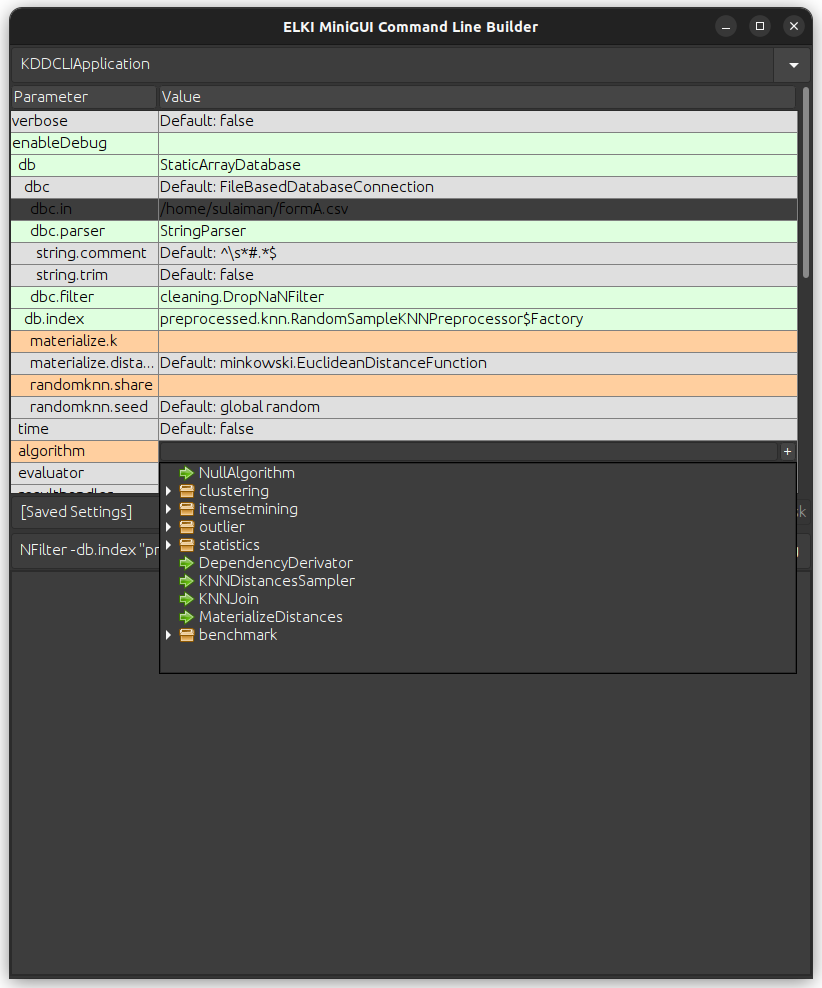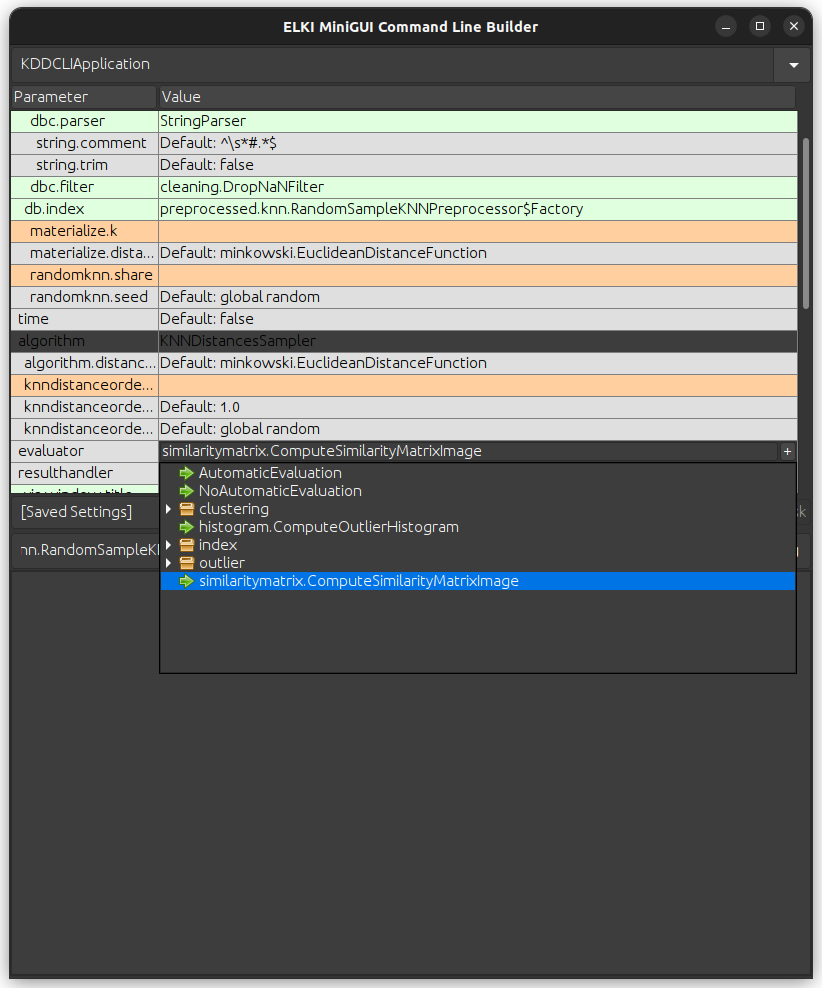It is no secret that there are multitudes of algorithms and techniques to choose from when selecting a model to train your data. Understanding what model will work best with your data and what configurations will be required on that model becomes a complicated discovery journey. This is where ELKI comes in. ELKI allows users to select and tune algorithms to very minute details easily. This enables users to quickly create different configurations of algorithms and then run them on the data they need. With results quickly being generated, selecting the final algorithm and its configurations becomes a far less complicated task than originally.
This article will show you how to install ELKI on your Linux machine. Moreover, we will also teach you how to use this tool to configure the best possible algorithm for your specific workflow.
Installation
To start with ELKI installation, we will update our local apt package sources repository and install ELKI.
1. Run the following command in the terminal to update apt packages:
You should see an output similar to this:

2. With the apt sources updated, we will now use apt to install ELKI by running the following command:
You will see a similar output to the one shown below:
3. With ELKI now installed, we will run the following command to execute ELKI:
You should see an instance of the ELKI graphical user interface open up on your Linux machine.
With this, you have the ELKI data mining tool installed and ready to use. You can now use this to power your data mining and analytics workflows.
User Guide
As mentioned before, ELKI focuses on research in the field of algorithms used to carry out data analytics. This is why it provides us with some of the most used data analysis algorithms in the world of data science.
It can be seen in the following image that ELKI provides us with different use cases and algorithms that can be used on the data we input.
For example, the KDDCLI Application is a knowledge discovery from a database algorithm whose main function is to parse a database or data set provided to it and find patterns in the data that justify the decisions based on the relation between actions and outcomes.
After selecting an algorithmic approach, we can use the ELKI graphical user interface to tune the hyperparameters of this algorithm to fit our needs.
Using the database (db) option, we can select the type of data we will run this algorithm on. We are provided with two options: one being a static array and the other being a hash map.
We can then select how to connect to our database or import our data into the ELKI tool so that it can be used on the model we are creating.
We can choose the data that we plan on running this algorithm on.
We can then configure the parser to look at and import our data.
We can even edit functionality that specifies what actions to take depending on what kind of data we provide the algorithm. For example, the following image shows the option to remove all empty (nan) values from the data during import.
We can even replace the nan values with randomly generated values.
We can now select which distance measure we want the data to be compared against. This will tell us how far away two data points are from each other and that will help us and the algorithm better understand the inference contained in the data.
We can now select the training algorithm we want our data to go through. There are many different categories available to choose from.
We can select an evaluator that will look at and evaluate the results generated by the previous step and change the learning parameters according to this.
With our algorithm configured, we can run the task and get the results the model generates.
Conclusion
There is a very rich variety of algorithms used in the world of data science today. With so many models to choose from, it can become somewhat of a complicated process for beginners to choose the right data analysis algorithm. ELKI is a tool that provides its users with all of the most used data science algorithms right in the application. Users can simply select the models they want to test on their data, tune their configurations, and test them against each other based on different measurement criteria.
This provides users with quick decision-making ability when it comes to selecting a particular algorithm for their specific use case. The ELKI tool is popular among researchers and students because of its simple and easy-to-understand user interface. It does not require any code to be written and can be interacted with using just the mouse on the computer. This is why ELKI is one of the best tools for data analytics research.

